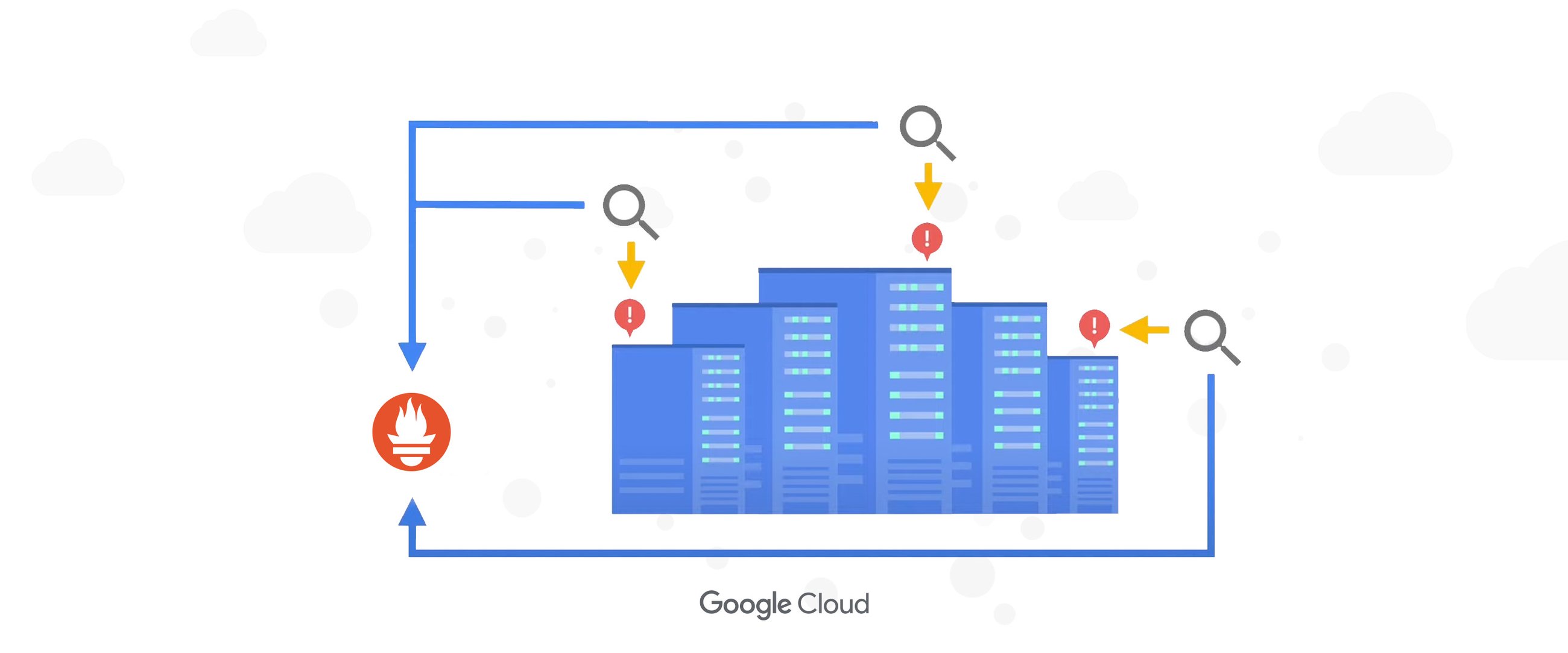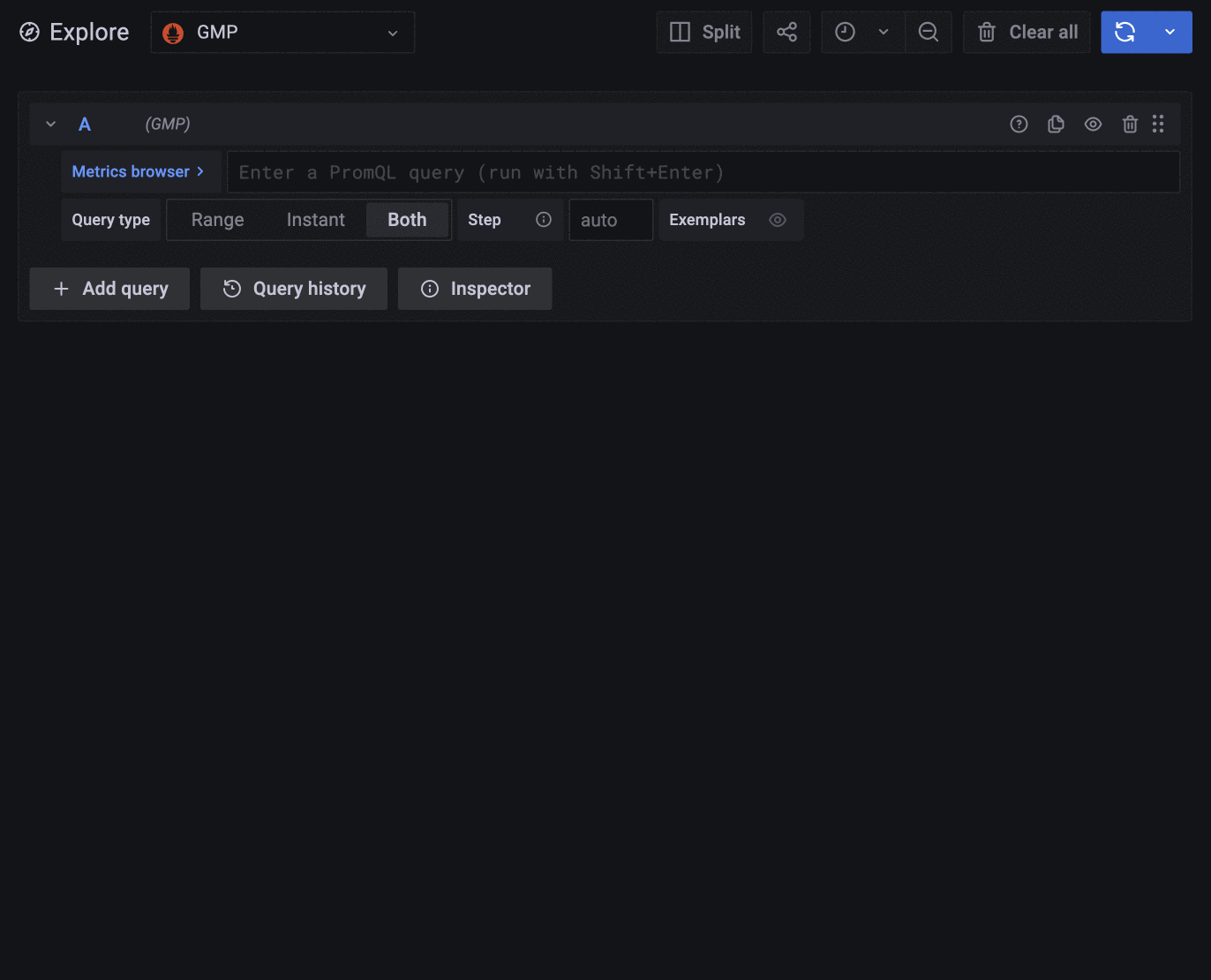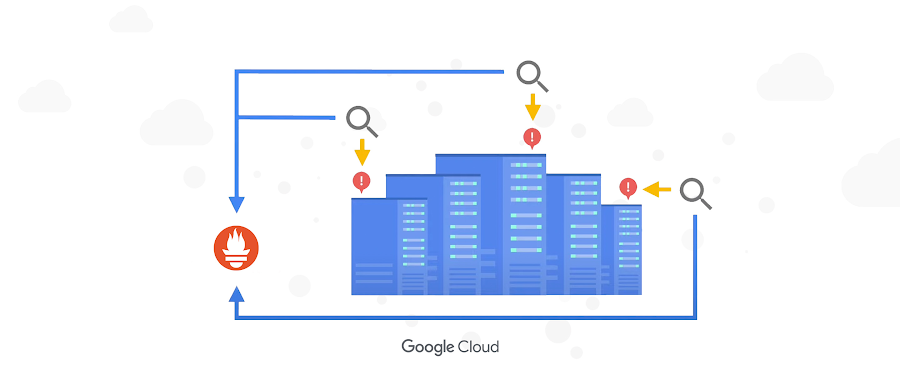Cloud Monitoring metrics, now in Managed Service for Prometheus

Lee Yanco
Senior Product Manager
According to a recent CNCF survey, 86% of the cloud native community reports that they use Prometheus for observability. As Prometheus becomes more of a standard, an increasing number of developers are becoming fluent in PromQL, Prometheus’ built-in query language. While it is a powerful, flexible, and expressive query language, PromQL is typically only able to query Prometheus time series data. Other sources of telemetry, such as metrics offered by your Cloud provider or metrics generated from logs, remain isolated in separate products and might require developers to learn new query tools in order to access them.
Introducing PromQL for Google Cloud Monitoring metrics
Prometheus metrics alone aren’t enough to get a single pane of glass view of your Cloud footprint. Cloud Monitoring provides over 1,000 free metrics that let you monitor and alert on your usage of Google Cloud services, including metrics for Compute Engine, Kubernetes Engine, Load Balancing, BigQuery, Cloud Storage, Pub/Sub, and more. We’re excited to announce that you can now query all Cloud Monitoring metrics using PromQL and Managed Service for Prometheus, including Google Cloud system metrics, Kubernetes metrics, log-based metrics, and custom metrics.


Because we built Managed Service for Prometheus on top of the same planet-scale time series database as Cloud Monitoring, all your metrics are stored together and are queryable together. Metrics in Cloud Monitoring are automatically generated when you use Google Cloud services at no additional cost to you. View all your metrics in one place with the query language that developers already know and prefer, opening up possibilities such as:
Correlating spikes in traffic with Redis cache misses using Cloud Load Balancing metrics and Prometheus’ Redis exporter
Graphing Cloud Logging’s logs-based metrics alongside Prometheus metrics
Alerting on your Compute Engine utilization or your Pub/Sub backlog size using PromQL and Managed Service for Prometheus’ rule evaluation
Substituting paid Istio metrics for their free Google Cloud Istio or Anthos Service Mesh equivalent
Exposing these metrics using PromQL means that developers who are familiar with Prometheus can start using all time series telemetry data without first having to learn a new query language. New members of your operations team can ramp up faster, as many industry hires will already be familiar with PromQL from previous experience.
Why Managed Service for Prometheus
In addition to PromQL for all metrics, Managed Service for Prometheus offers open-source monitoring combined with the scale and reliability of Google services. Additional benefits include:
Hybrid- and multi-cloud support, so you can centralize all your metrics across clouds and on-prem deployments
Two-year retention of all Prometheus metrics, included in the price
Cost-effective monitoring on a per-sample basis
Easy cost identification and attribution using Cloud Monitoring
Your choice of collection, with managed collection for those who want a completely hands-off Prometheus experience and self-deployed collection for those who want to keep using existing Prometheus configs
How to get started
You can query Cloud Monitoring metrics with PromQL by using the interactive query page in Cloud Console or Grafana. To learn how to write PromQL for Google Cloud metrics, see Mapping Cloud Monitoring metric names to PromQL. To configure a Grafana data source that can read all your metrics in Cloud Monitoring, see Configure a query user interface in the Managed Service for Prometheus documentation.
To query Prometheus data alongside Cloud Monitoring, you have to first get Prometheus data into the system. For instructions on configuring Managed Service for Prometheus ingestion, see Get started with managed collection.




